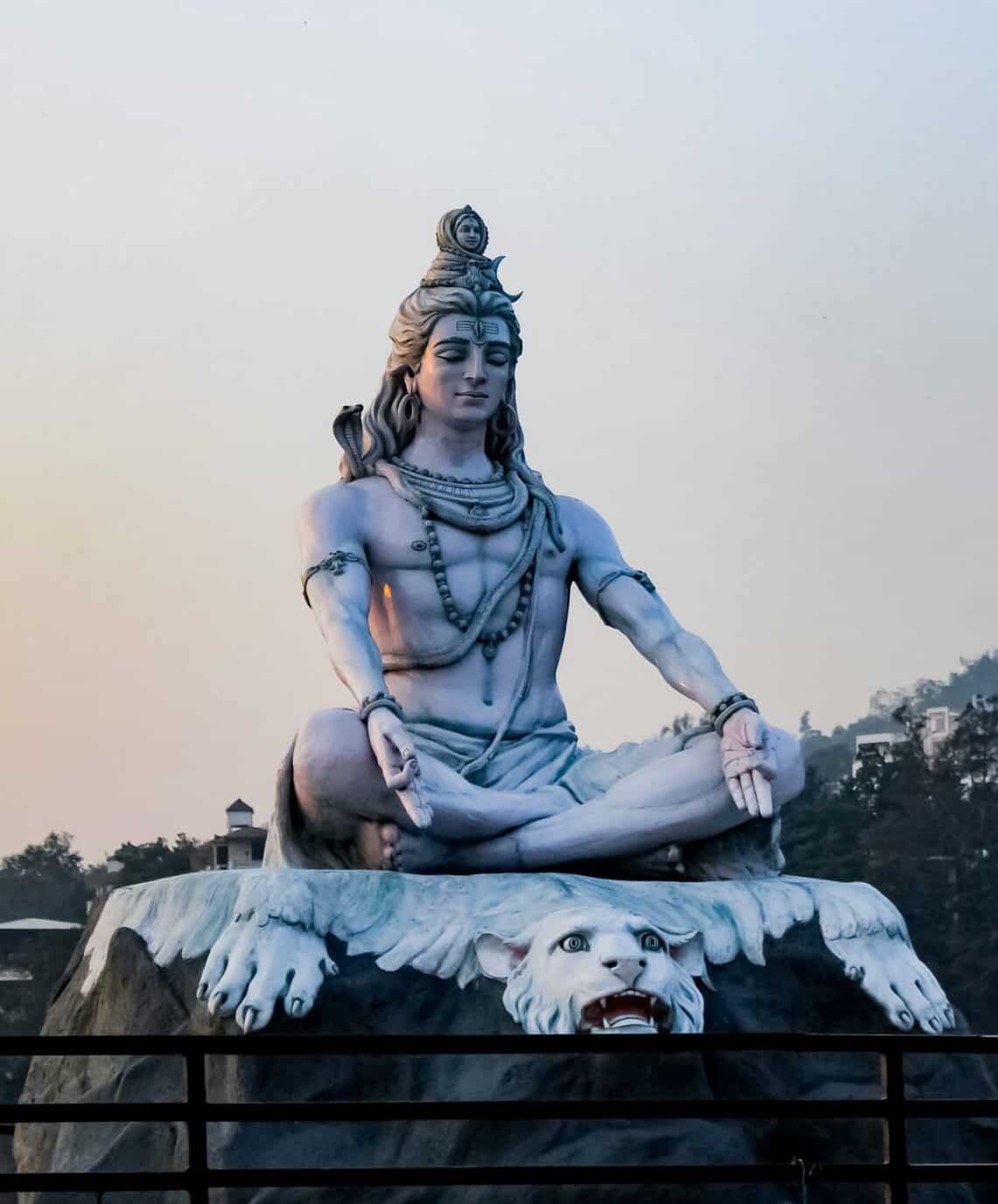Meaning and Depictions
Meaning
The meaning of the word Shiv is ‘the benevolent’, and in Sanskrit, it means ‘auspicious one’. In this sense, Shiv is actually a synonym word for the Supreme Lord as he is a gauge less ocean of benevolence. Among his common epithets are Shambhu (“Benign”), Shankara (“Beneficent”), Mahesha (“Great Lord”), and Mahadeva (“Great God” or “God of Gods”).
Mythological Representations of Shiva
Vedas do not contain any of the names mentioned above. Shiva is shown in different forms in mythological and Hindu sectarian texts.
- A mild form with his consort Parvati and son Kartikeya, Subramanya, or skanda.
- As a cosmic dancer, Nataraja who performs the tandava dance.
- As a naked ascetic
- As a begger
- The Panchavaktra/Pancha-mukhalinga or five-faced mukhalinga, also known as Sadashiv
- As a yogi
- As a Dalit with a dog
- As the androgynous or Ardhanareshwar form, a union of himself and his consort Parvati
- As a lord of cattle, Pashupata or Pashupati
- As a lord of snakes, Nageshwar
Shiva is usually depicted as white, with the ashes of corpses smeared over his body, with a blue neck, with stagnated poison in his throat. He wears a crescent moon on his matted hair with the Ganges River as decoration and a garland of skulls and a serpent around his neck. He has three eyes and, according to different myths, either two or four hands. These mythological figures stem primarily from Hinduism’s tendency to see complementary qualities in a single ambiguous form.





